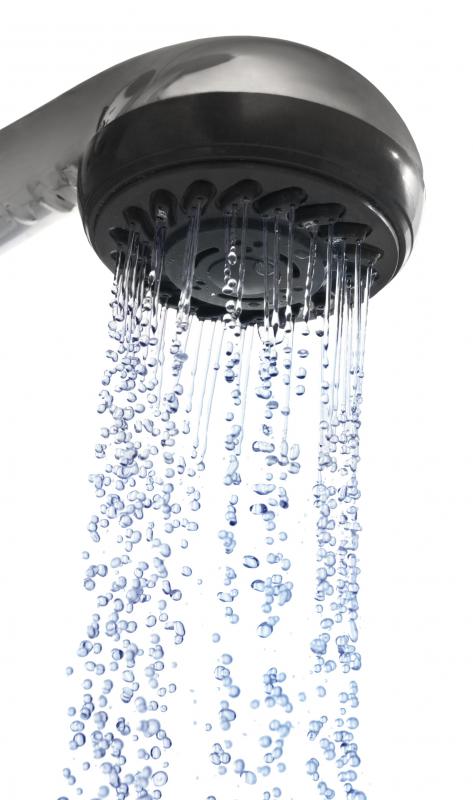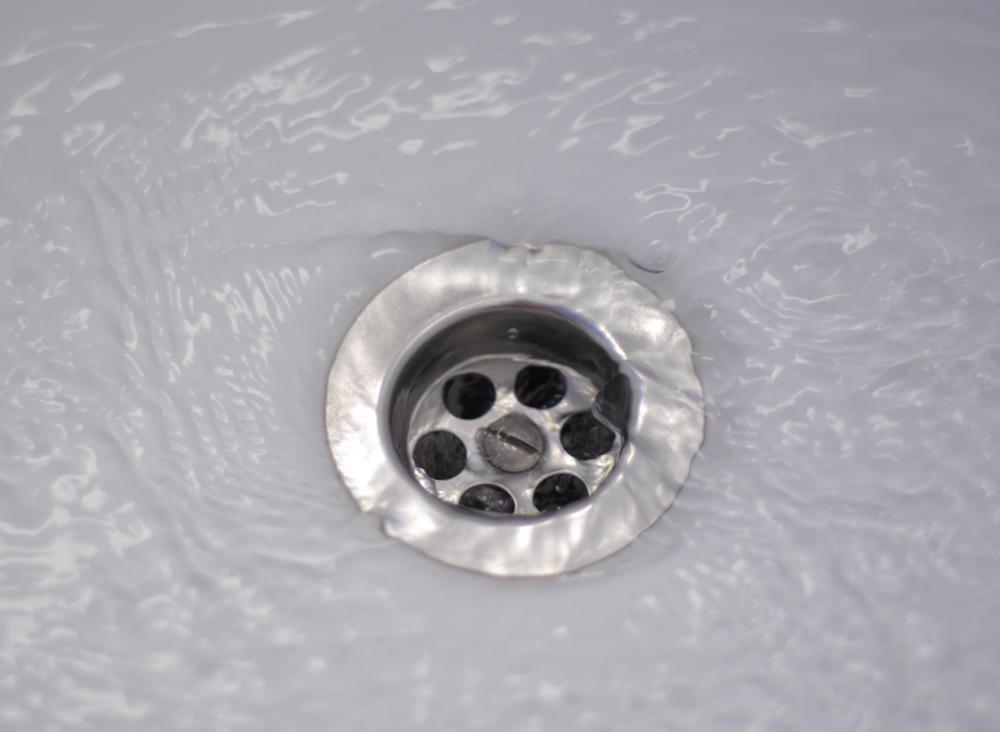At HomeQuestionsAnswered, we're committed to delivering accurate, trustworthy information. Our expert-authored content is rigorously fact-checked and sourced from credible authorities. Discover how we uphold the highest standards in providing you with reliable knowledge.
What Are the Different Types of Shower Stall Drains?
The different types of shower stall drains are designed for use with tiled showers with and without a shower pan, and for pre-formed shower stalls. Each style of drain is designed to create a tight fit against the base of the shower, and prevent water from seeping out of the shower and into the subfloor and woodwork of a home. These drains may be purchased from local home improvement stores, and through Internet ordering. Installation of this type of equipment often requires the expertise of a professional plumber.
Shower stalls with a tiled bottom require the use of specialized shower drains. These drains are made to be compatible with a shower pan. The shower pan is a liner which rests between the tile work and the subfloor of the bathroom, and prevents water from leaking through and damaging the structure of the house. This type of drain is equipped with small rivulets, known as weep holes, which allow water which may collect in the shower pan to flow through to the main drain line.

Some tiled showers are designed without the use of a shower pan, and have angled basins which direct the flow of water directly into the drain assembly. These showers use shower stall drains known as two part adjustable slab drains. The strainer portion of this style of drain, which should rest flush with the floor of the stall, can be adjusted up or down to meet the grade of the tile work by simply twisting the strainer body to the left or right.

Pre-fabricated shower stalls are those which have been molded from one uniform piece of composite materials, such as fiberglass. This type of installation work can be paired with shower stall drains that do not require the use of caulk. Caulk is a thick, liquid putty which dries to a rubberized form when exposed to air. It is typically used to seal different portions of the drain assembly with other shower materials, and prevent water from leaking through.

No-caulk shower stall drains are usually made from brass, stainless steel, or plastic. They are sealed to the composite shower stall using rubber gaskets and fiber slip washers. Compression against the gaskets prevents water from seeping through, and directs the exit flow down the shower drain. This style of drain is also available with solvent weld capabilities, allowing the base of the drain to be welded to the main drain pipe.
Any style of strainer may be attached to the shower stall drains. Finishes for strainers typically include brass, brushed nickel, stainless steel, and chrome, among other color selections. Most manufacturers recommend purchasing the strainer and drain from the same source to guarantee an exact fit between both connecting pieces.
AS FEATURED ON:
AS FEATURED ON:













Discuss this Article
Post your comments